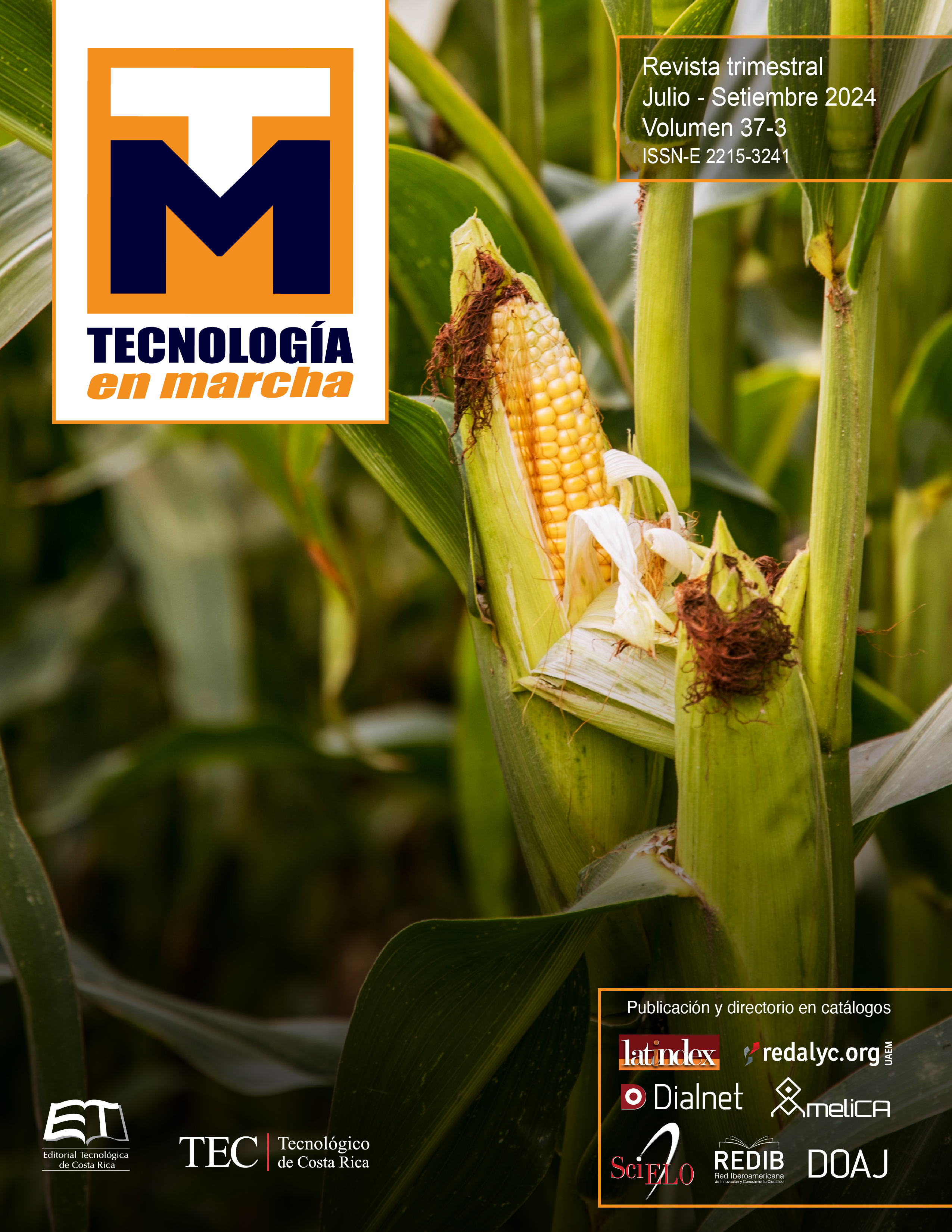Design of an embedded system for the control and regulation of the dynamic process of charging and discharging of electrochemical cells and its subsequent validation for 1U CubeSat satellites
Main Article Content
Abstract
Power conversion interfaces have evolved over time to optimize systems and obtain energy savings in many industries, including aerospace. The electrical power system (EPS) has been the most common failure in space missions, so a test platform for electrochemical cells was designed to prevent future failures. This project created a platform that includes digital current and voltage controllers, implemented with a software-based PID compensator designed with MATLAB and Simulink. The compensator was programmed on a PIC to control the power conversion interface. Finally, the PCB and a 3D representation of the silver-form were developed to test electrochemical cells and validate their operation.
Article Details

This work is licensed under a Creative Commons Attribution-NonCommercial-NoDerivatives 4.0 International License.
Los autores conservan los derechos de autor y ceden a la revista el derecho de la primera publicación y pueda editarlo, reproducirlo, distribuirlo, exhibirlo y comunicarlo en el país y en el extranjero mediante medios impresos y electrónicos. Asimismo, asumen el compromiso sobre cualquier litigio o reclamación relacionada con derechos de propiedad intelectual, exonerando de responsabilidad a la Editorial Tecnológica de Costa Rica. Además, se establece que los autores pueden realizar otros acuerdos contractuales independientes y adicionales para la distribución no exclusiva de la versión del artículo publicado en esta revista (p. ej., incluirlo en un repositorio institucional o publicarlo en un libro) siempre que indiquen claramente que el trabajo se publicó por primera vez en esta revista.
References
C. A. C. Thyrso Villela, «Towards the Thousandth CubeSat: A Statisti- cal Overview,» Hindaw iInternational Journal of Aerospace Engineering, vol. 2019, marzo de 2019.
ACAE, Proyecto Irazú, Agosto de 2018. dirección: http://irazu.acae- ca.org/.
Z. Gao, D. Chen, W. Peng, Y. Liu y T. Zhang, «A smart battery charger based on state machine with temperature compensation,» International Journal of Electrochemical Science, vol. 9, pp. 1989-1997, 2014.
Nanosats.eu, Power Systems (EPS), Batteries, Solar Panels on CubeSats, Enero de 2022. dirección: https://www.nanosats.eu/ecosystem#eps.
N. Mohan y G. Bhuvaneswari, «Design and implementation of a novel high-efficiency, high-power density lithium-ion battery charger,» Journal of Energy Storage, vol. 25, p. 100 851, 2019.
X. Li, X. Liu, B. Zhang, X. Yang y X. Zhang, «Real-time state-of-charge and power capability estimation for lithium-ion battery based on an adap- tive hybrid modeling approach,» IEEE Transactions on Industrial Elec- tronics, vol. 66, n.o 3, pp. 2217-2226, 2018.
G. L. Plett, Battery Management Systems. Equivalent-Circuit Methods. Artech House.
C. Valdivia Miranda, «Diseño de un BMS para baterías de tecnología Li- ion,» Tesis de Máster, Ingeniería de Telecomunicación, Universitat Oberta de Catalunya, junio de 2018.
D. Quintana Bea, «Diseño de celdas y BMS para una batería de ion-litio integrada en un prototipo de moto de competición totalmente eléctrica,» Tesis de grado, Escuela de Ingeniería en Tecnologías Industriales de la Universidad Politécnica de Valencia, 2020.
Y. Liu, W. Li, Y. Li y J. Li, «A review of battery management systems for electric vehicles: Challenges and opportunities,» Renewable and Sus- tainable Energy Reviews, vol. 127, p. 109 883, 2020.
A. S. Abdel-Khalik, A. M. Massoud, S. M. Ahmed y A. Al-Durra, «Design of an Automatic Battery Charge-Discharge Machine for EV Applications,» IEEE Transactions on Power Electronics, vol. 30, n.o 3, pp. 1337-1350, 2015.
J. Campbell y K. Furuta, «Characterization of Li-ion battery performance using a charge-discharge rate test,» Journal of Power Sources, vol. 113, pp. 390-394, 2 2003.
R. W. Erickson y D. Maksimovic, Fundamentals of Power Electronics, Enero de 2001.
E. Setiawan, T. Hirata y I. Hodaka, «Steady state symbolic analysis of buck converter using fourier series,» en 2017 2nd International Conference on Frontiers of Sensors Technologies (ICFST), 2017, pp. 299-303. doi: 10.1109/ICFST.2017.8210523.
L. Corradini, D. Maksimovic, P. Mattavelli y R. Zane, Digital Control of High-Frequency Switched-Mode Power Converters (IEEE Press Series on Power and Energy Systems). Wiley, 2015, isbn: 9781118935101. dirección: https://books.google.co.cr/books?id=FMfCCQAAQBAJ.

